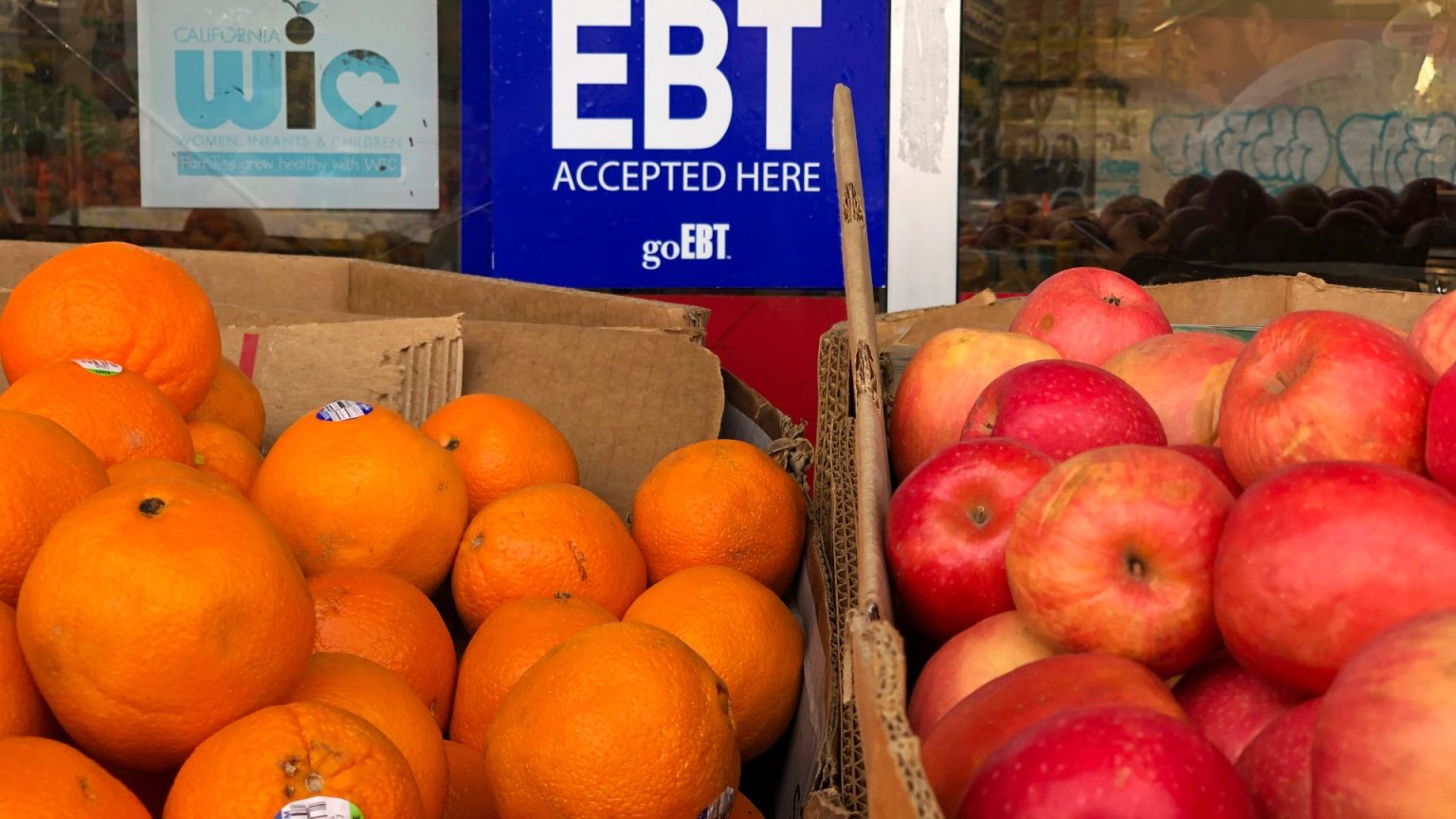Understanding SNAP: A Lifeline for Millions
The Supplemental Nutrition Assistance Program, or SNAP, stands as a vital support system for millions of Americans, providing essential food assistance to low-income individuals and families. As the largest federal nutrition program, SNAP impacts over 40 million people, offering them the means to purchase groceries through an Electronic Benefits Transfer (EBT) card. With an average monthly payment of $199 per person in the contiguous states, SNAP is crucial in helping families maintain their nutritional health. The program is managed by the USDA, which annually adjusts benefits, income requirements, and deductions based on the cost of living.
Eligibility Evolution: Expanding Support
In 2025, SNAP will undergo significant changes, notably in eligibility criteria. The USDA is raising the age limit for "able-bodied adults without dependents" (ABAWDs) from 50 to 54, extending work requirements to older recipients. This adjustment aims to ensure those who can work contribute, while exemptions are now broader, covering veterans, the homeless, pregnant women, and foster care alumni under 25. These changes reflect a more inclusive approach, recognizing diverse needs and hardships.
Benefit Adjustments: Reflecting Cost of Living
The maximum SNAP allotments will increase in 2025, influenced by the cost of living adjustment (COLA). Alaska and Hawaii will see higher benefits, up to $586 and $376 respectively, acknowledging their elevated living costs. The minimum payments in these states are also higher, ranging from $30 to $47 in Alaska and $41 in Hawaii. These adjustments ensure that SNAP benefits align with regional economic realities, helping recipients meet their basic food needs more effectively.
March Payment Schedule: Timely Support
SNAP recipients can expect their March payments according to specific schedules varying by state. From Alabama’s March 4-23 timeline to Wyoming’s March 1-4, each state has structured disbursement to ensure continuity. This organization helps recipients plan their budgets, though the varied dates can be complex. The USDA’s attention to timely payments underscores the program’s commitment to reliability.
Navigating Controversies: Food Choices and Funding
Controversies surrounding SNAP include proposed bans on junk food purchases, sparked by health concerns. The USDA’s consideration of such restrictions could affect major retailers like Walmart and Kroger, potentially altering shopping habits and store revenues. Additionally, plans to cut SNAP funding by billions have raised alarms, with advocates fearing reduced benefits and greater food insecurity.
The Future of SNAP: Balancing Nutrition and Funding
As SNAP evolves, it faces challenges in balancing nutrition goals with budget constraints. Proponents emphasize its role in combating food insecurity, while critics push for efficiency. The program’s future likely involves ongoing debates about eligibility, benefits, and permitted purchases, all aimed at supporting those in need while addressing broader societal concerns.


